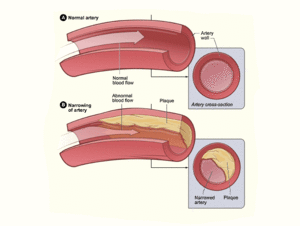We all know that kids learn best when they are actively involved in the process. Making a mini compost bin in your classroom will provide students with a hands-on project designed to teach the process of decomposition and teach them the value of composting waste materials for fertilizer.
To make the compost bin you will need:
Recycled two-liter bottle
Black paint
Sharp knife
An awl or nail to punch holes
Prepare the Bottle
Remove the label from the two-liter bottle by soaking the bottle in warm soapy water for a few minutes. Rinse and dry.
Lay the bottle on its side and cut three sides of a rectangle 5 inches by 3 inches in the side of the bottle. Leave one 5-inch side attached to provide a “hinge.” This door is for adding material to your compost bin and removing compost.
A piece of duct tape will secure the “door” once you have filled the bottle with compost materials.
Paint the Bottle
Using any flat black paint, paint the outside of the bottle black and let rest to dry.
Punch the Holes
With an awl or nail, punch holes in the bottle about 4 inches apart in all directions. These holes provide aeration for you compost. Without enough oxygen, the microbes that break the organic matter down into compost will not survive.
Making the Compost
Use 50 percent dry material and 50 percent wet. If necessary, you can use shredded newspaper for the dry material. Wet materials include fresh grass clippings, veggies scraps, eggshells and coffee grounds. Spray the material with water until it is damp but not soggy, and secure the door shut with duct tape.
Place the compost bin on a sunny windowsill. Check the compost every day for the first few days to make sure you have the correct amount of moisture. If the contents get too dry, simply water. If they are too wet, add dry material and remove the cap from the bottle. If the contents become soggy, leave the door open until it dries.
Encourage students to chop any fruit or veggie scraps leftover from snack time and add to the mixture. Be careful to add enough dry ingredients to maintain a balance of wet and dry material. You may wish to create several compost bins so that students can continue to add waste materials throughout the year. One of the bins must be left without adding new ingredients in order for the compost to form in the 30 days.
All that is needed now is to mix the compost every day. Students can take turns rolling the mini compost bin across the floor or on a table.
Periodically allow students to view the contents and record any changes they see. This is a great opportunity to engage students in writing in a science journal. Challenge them to observe carefully and note even subtle changes in appearance, temperature (compost heats up as it begins to break down), smell and texture.
In about a month, your compost will no longer feel warm to the touch and be ready to use. It can be used as soil for houseplants or fertilizer for the garden.
Your students are sure to remember making compost in the classroom and chances are they learned much more from the process than from simply reading about compost. By engaging them in the process, you have provided them with an opportunity to deepen their understanding of the scientific concepts at work.




